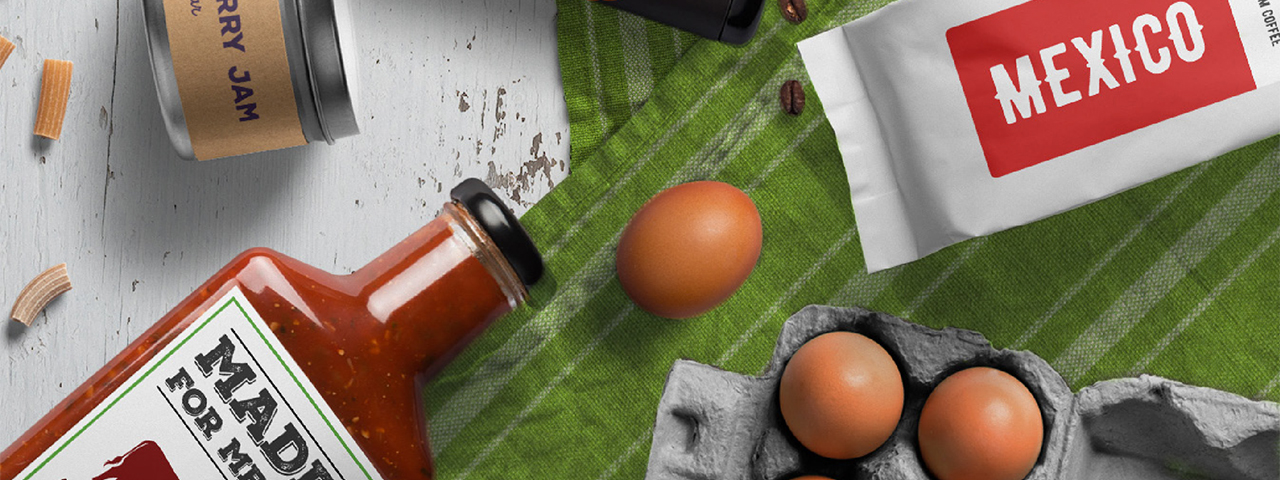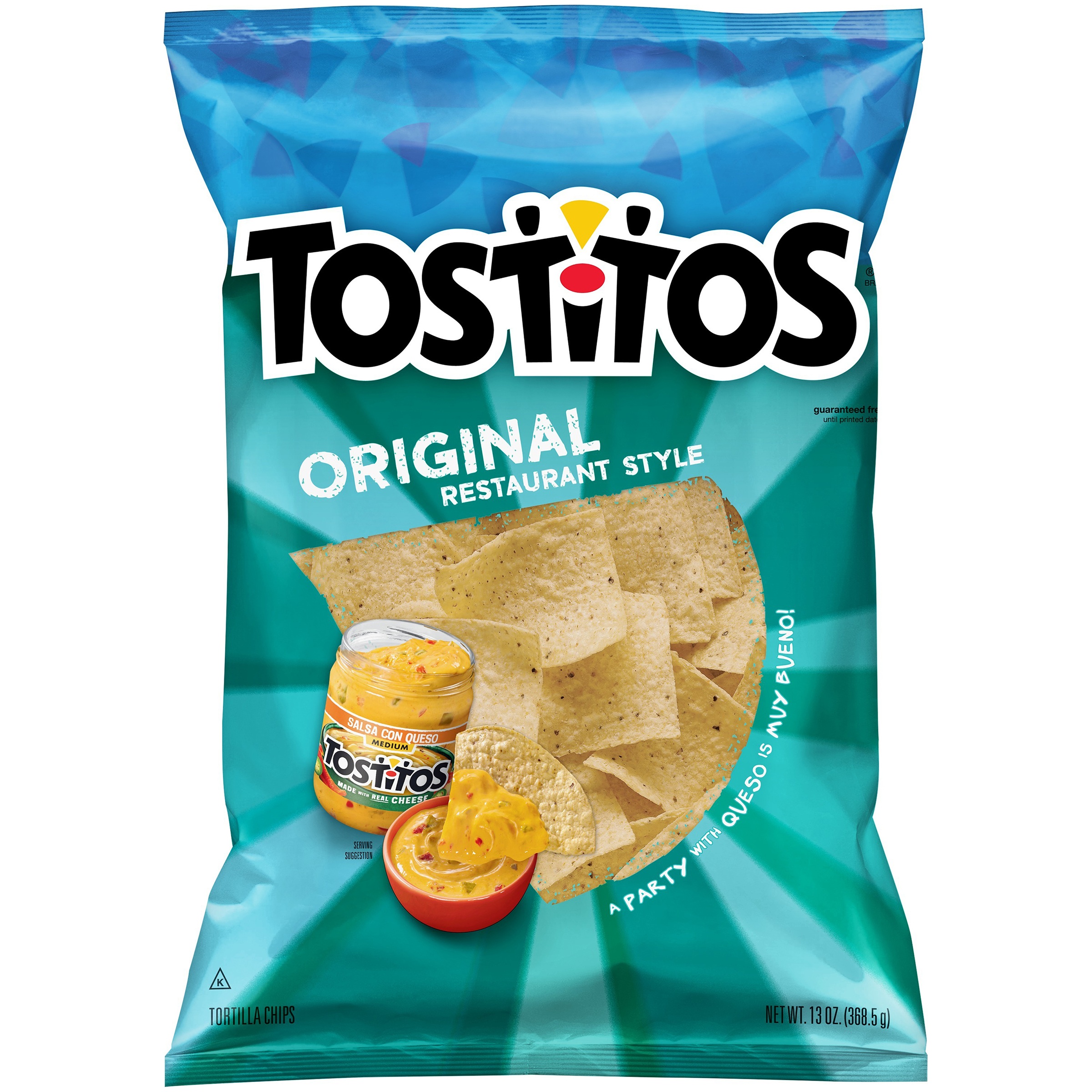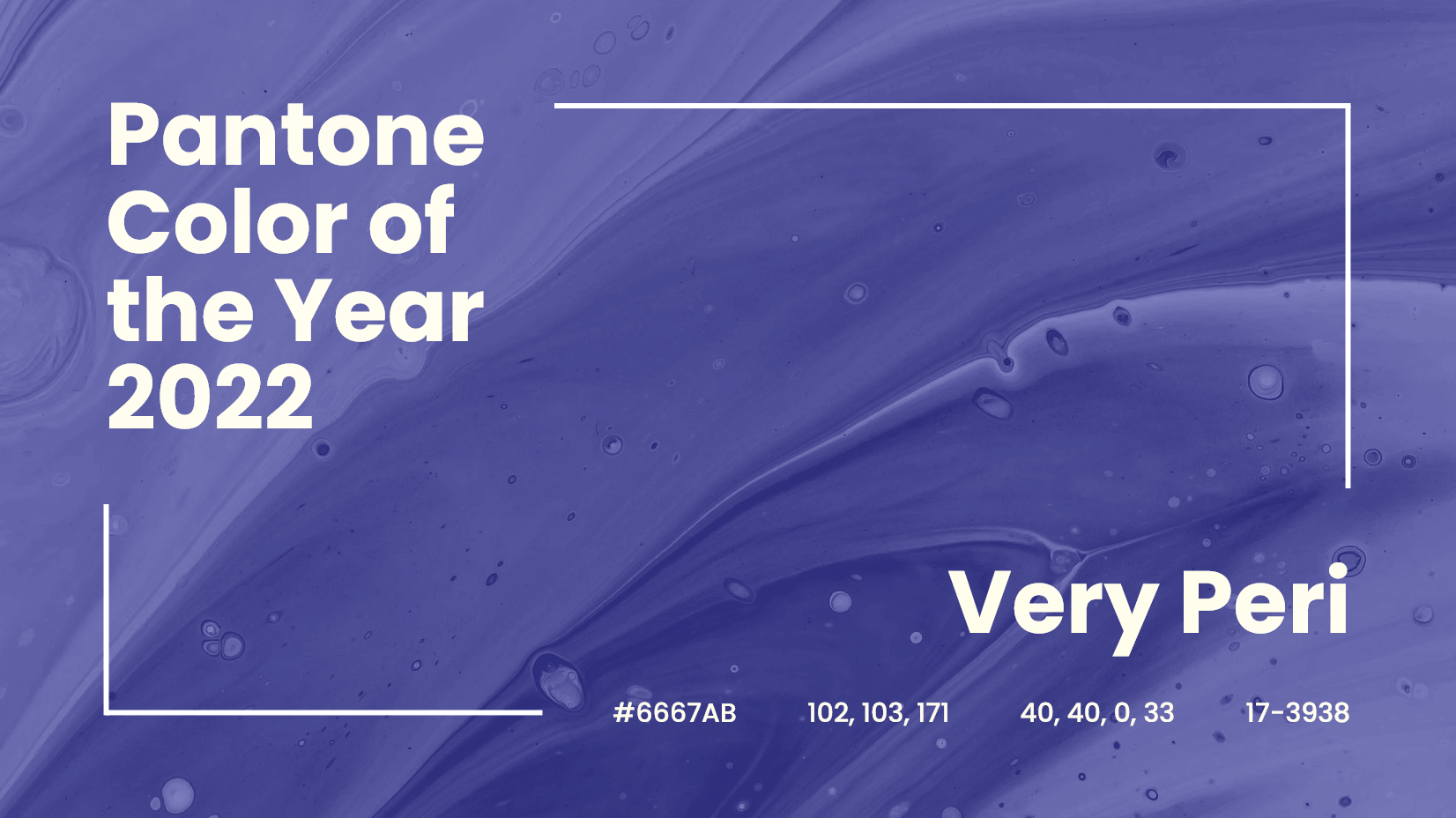
Printing with Brilliance: Discussing What’s Possible with DuPont
For more than two centuries, DuPont has expanded the boundaries of technology. These advancements encompass a vast assortment of industries, enabling limitless possibilities.
At its core, DuPont is a science company dedicated to finding solutions to global problems. Their Advanced Printing business has attained that goal, and is empowering brands to tell their stories through the development of innovative flexographic plate technologies and the creation of digital inks.
Our interview with Dr. Andy Kannurpatti, Global Product Portfolio & Strategy Manager, explores how the printing technologies DuPont offers remove the barriers in packaging and printing, thus opening the door to endless options.
In 1974, DuPont introduced Cyrel® flexographic plates—the first elastomeric photopolymer printing plates. In what ways have the Cyrel® plates developed to provide increasingly superior quality since that first printing plate?
Customers first – that is our way at DuPont. Understanding customer needs has fueled our innovation pipeline advancing flexography for nearly five decades. Platemakers wanted productivity – we launched the first in-line solvent processing system. Print quality and distributed platemaking innovations came when we invented Digital Imaging (Cyrel® Digital Imager). We enabled Just-in-time Platemaking at Printers with the launch of the first solvent-free dry thermal plate processing system (Cyrel® FAST). To meet the increasing quality requirements in flexible packaging we were the first to launch a flat top dot workflow with Cyrel® Digiflow. Our latest breakthrough innovation, Cyrel® EASY is a platform of plates, with built-in flat top dots, that enables high quality, consistent printing on the entire range of substrates – corrugated board to film.
What are the benefits of brands being able to provide a constant brand experience across packaging types/substrates’ – paper, fabric, plastic, wood, metal and glass?
Brands cannot limit themselves to using only one packaging structure or design. They often must transmit the brand message across multiple types of packages or substrates. Beer is marketed in bottles or metal cans that could have standard labels or shrink sleeves. Subsequently, that same product is packed in corrugated containers or folded cartons. The brand’s colors, graphics and logo on every container needs to look the same for the consumer to grab the container, bottle or can, without a second thought. This consumer loyalty and behavior is what the brand owner seeks – that’s the benefit of a consistent brand experience.
When it comes to packaging, every touch point is a possibility. In what ways can the DuPont™ Cyrel® Flexographic Systems remove the barriers in packaging and printing to ensure brands are able to make lasting impressions both on shelf and in home?
Brands invest a lot in building trust with consumers. Consistent colors and graphics on the packages provide visible assurance and comfort to consumers. The graphics recreate the positive experience the consumer had the last time they used the product. It evokes in consumers the favorable emotions that brands work to create. They return time and again to buy the product. Will this loyalty carry over to their on-line purchase? Will they get what they see on-screen or will it look different when it shows up at the consumer’s home? Often it may be necessary to use different designs or substrates to sell a product on-line versus in a store. If the printing process and technologies deliver consistent graphics, no matter the package design, the brands are able to make a lasting impression. DuPont™ Cyrel® Flexographic Systems help deliver consistency of color and image fidelity irrespective of the substrate or packaging configuration.

How is DuPont able to guarantee brands are able to develop and manufacture packaging that is consistently brighter and more beautiful?
Creating a platform of products that works across different printing applications is key. With Cyrel® EASY plates, we have enabled our customers – world-class printers and trade shops – to deliver brilliant color density and fade-to-zero highlights which are remarkable tools to deliver brighter, more beautiful packages for the brands. Brands enjoy this superior quality results and consistent performance at scale thanks to our exceptional customer network.
DuPont has developed a revolutionary suite of digital inks. What enables the Artistri® Digital Inks to deliver vibrant colors durably on a wide range of substrates and materials?
Artistri® Digital inks that deliver unmatched color vibrancy and durability have their roots in over half century of color science, polymer expertise and dispersion technology developed in the DuPont Automotive Paints business. We develop advanced solutions to support ink jet printing on a range of applications from designer silk to packaging film with this rich scientific heritage. DuPont inks for wide format printing are formulated to be UV and water resistant giving them the strength to endure even the harshest of outdoor elements. Our Artistri® textile inks are specially designed for all fabric groups and offer brilliant color fastness and robust print reliability.
Many companies are focusing on new sustainable development goals for their brands. How is flexographic printing with Cyrel® flexographic printing plates or Artistri® Digital Inks more sustainable than traditional printing?
At DuPont, sustainability has been an area of focus for many years. In the Advanced Printing business we have benefited from this focus and developed solutions that help our customers reach their sustainability goals.
Flexo printing is a more sustainable choice for packaging printing than gravure. Not only are more environmentally-friendly flexo inks available, the process that relies on photopolymer printing plates lends itself to increasing recycled and reused content in packaging substrates without sacrificing print quality. In addition, with Cyrel® FAST thermal processing you can reduce greenhouse gas emissions up to 53%. We can provide the Lifecycle Assessment that DuPont performed on this topic.
Traditional types of textile printing that use reactive and acid inks require not only large amounts of energy, but also large amounts of water in the pre- and post-treatment steps. The DuPont Artistri® pigment and dye-sublimation inks deliver vibrant colors with little to no water usage and a lower energy footprint.
The Right Partner
Since the first elastomer photopolymer printing plate was developed by DuPont in the 1970s, the company has continually positioned itself as an innovative solutions provider for the printing and packaging industry. This continual commitment to providing limitless possibilities for brands aligns with Haney’s packaging philosophy that anything is possible. By partnering together through the VIA Alliance program, DuPont and Haney transform the way brands view packaging and how they approach the development process for new to the world packaging initiatives.
Describe the importance of partnerships, such as the VIA Alliance program, and how they enable limitless possibilities for brands?
Bringing together partners with materials, technologies and effects expertise is critical for brands to innovate.
VIA Alliance does exactly that. Innovators imagine. They don’t want to be limited. Creating a space for the collaborative innovation to thrive leads to limitless possibilities. Programs like VIA Alliance are critical enablers that connect brand owners with collaborators like DuPont Advanced Printing and Haney Graphics.
Prototyping is a vital part of the design process for many brands; why is it vital for brands to prototype with the technologies that will be used in commercial production?
A prototype is needed for brands to understand and study how a consumer will interact with the product before it is commercialized. It enables brands to assess consumer perception of a new product. Once the prototype succeeds the product can be scaled up. If the first article was made using substitute technologies, there are bound to be scale up issues or expectations that aren’t met upon commercialization. Using the same technologies for prototyping and commercialization is wonderful for innovators to see their ideas in practice and avoids problems in scale up.
For more information on DuPont Advanced Printing click here.
For more information on Haney and the VIA Alliance program, email: hello@haneypkg.com.


